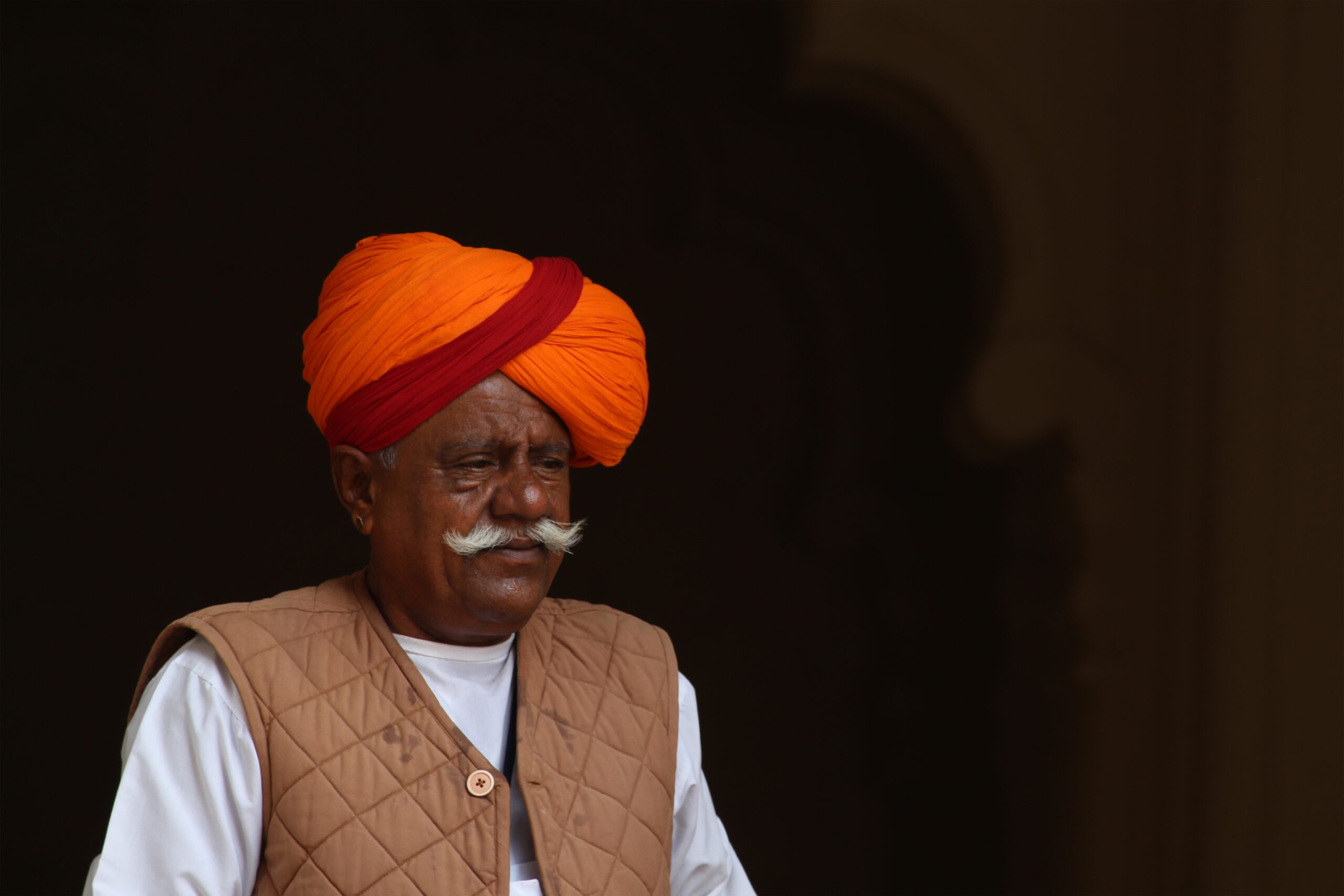Imagine a world without technology. A world where camouflage clothing is limited to basic patterns and manual creation processes. Now, fast forward to today, where cutting-edge advancements have revolutionized the way we design and produce camouflage clothing. Through the integration of technology, this once simple and utilitarian garment has evolved into a complex and sophisticated art form, seamlessly blending functionality and style. In this article, we will explore the profound impact that technology has had on the design and production of camouflage clothing, taking a closer look at the innovative techniques and creative possibilities that have emerged as a result. Prepare to be amazed by the marriage of state-of-the-art technology and timeless fashion.

The Evolution of Camouflage Patterns
Camouflage patterns have come a long way since their inception. The historical development of these patterns can be traced back to early military tactics where soldiers would blend into their surroundings to gain an advantage over their enemies. In the early days, this was achieved through the use of natural materials such as leaves and branches.
How technology has transformed camouflage patterns over time
As technology advanced, so did the methods used to create camouflage patterns. With the advent of color photography, scientists and designers were able to study the way light interacts with different surfaces. This led to the development of more effective camouflage patterns that could better blend into various environments.
Computer-Aided Design and Camouflage
One of the major breakthroughs in camouflage design came with the introduction of computer-aided design (CAD). This technology allowed designers to create intricate and detailed patterns that were not possible with traditional manual methods. CAD also made it easier to experiment with different color combinations and shapes to optimize camouflage effectiveness.
The role of computer-aided design in camouflage development
Computer-aided design played a significant role in the development of camouflage patterns. Designers could now create digital prototypes and test them in various virtual environments. This allowed for faster iteration and refinement of the patterns, resulting in more effective camouflage designs.
Specific software used in camouflage design
Several software programs have been developed specifically for camouflage design. These programs allow designers to create complex patterns with ease and simulate how they would look in different environments. Some popular software used in camouflage design includes Adobe Photoshop, CorelDRAW, and Autodesk AutoCAD.
Advanced Manufacturing Techniques
The shift from manual to digital production in camouflage manufacturing has revolutionized the industry. With traditional methods, creating complex camouflage patterns was a time-consuming process that required a high degree of skill and precision. However, with the introduction of digital printing and other advanced manufacturing techniques, the production process has become more efficient and cost-effective.
Influence of 3D printing on camouflage production
One of the most significant advancements in camouflage production is the use of 3D printing technology. This technique allows for the creation of intricate and precise patterns on a wide range of materials. It also enables customization, as individual garments or equipment can be tailored to specific camouflage needs. 3D printing has also reduced the lead time for producing camouflage clothing, making it more accessible to military and civilian customers alike.
Synthetic Materials and Camouflage
The use of man-made materials in camouflage clothing has greatly improved its effectiveness. Synthetic materials offer several advantages over natural ones, such as better durability and a wider range of color options. These materials also allow for the integration of other technologies, such as moisture-wicking properties or infrared reflection, to enhance camouflage performance.
How synthetic materials have improved camouflage effectiveness
Synthetic materials, such as polyester or nylon, have superior strength and resistance to wear and tear compared to natural materials. This durability ensures that camouflage clothing lasts longer and maintains its effectiveness in the field. Additionally, these materials can be engineered to have specific properties, such as water resistance or breathability, which further enhance user comfort and performance in different environments.

Smart Camouflage and Technology
Smart camouflage represents the next frontier in camouflage technology. It involves the use of sensors and microprocessors to adapt camouflage patterns in real-time based on the surrounding environment. This technology allows for even better concealment and can provide a significant advantage to military personnel and hunters.
The role of sensors and microprocessors in smart camouflage
Sensors and microprocessors play a crucial role in smart camouflage systems. The sensors detect the surrounding environment, including light conditions, colors, and patterns, and transmit this information to the microprocessors. The microprocessors then analyze the data and adjust the camouflage pattern accordingly, ensuring optimal concealment.
Camouflage for Different Environments
Technology has contributed significantly to the development of environment-specific camouflages. Traditionally, camouflage patterns were designed to be effective in a general outdoor environment. However, advancements in satellite and drone imagery have allowed designers to create camouflage patterns tailored to specific terrains, such as forests, deserts, or arctic regions.
Use of satellite and drone imagery in designing environmental camouflages
Satellite and drone imagery provide detailed information about specific environments. This data can be used by camouflage designers to create patterns that mimic the colors and textures found in these environments. By utilizing real-world data, environment-specific camouflages offer improved concealment and help camouflage clothing blend seamlessly with the surroundings.

Infrared and Thermal Camouflage
The development of infrared camouflage technology has been a game-changer in the field of military operations. Infrared cameras are commonly used in surveillance and can detect heat signatures or differences in temperature. By incorporating materials that reflect or absorb infrared radiation into camouflage patterns, military personnel can be effectively concealed from infrared cameras and thermal imaging devices.
How thermal imaging has influenced camouflage design
Thermal imaging technology has influenced camouflage design by introducing the need for materials that can effectively dissipate or reflect heat. These materials help prevent the detection of thermal signatures and make it more difficult for thermal imaging devices to identify individuals or objects. By incorporating thermal properties into camouflage clothing, military personnel gain a significant advantage in avoiding detection during nighttime or low visibility operations.
Influence of Nanotechnology in Camouflage
Nanotechnology is a rapidly emerging field with applications in various industries, including camouflage technology. Nanotechnology refers to the manipulation of matter at the molecular or atomic level. In the context of camouflage, nanotechnology offers the potential to create materials with unique properties, such as self-cleaning surfaces, enhanced durability, or adaptive color-changing capabilities.
What is Nanotechnology?
Nanotechnology involves the manipulation and control of matter at the nanoscale, which is about one billionth of a meter. At this scale, the properties of materials can be significantly altered, leading to new functionalities and improved performance. In the context of camouflage, nanotechnology can be used to create materials with enhanced camouflage properties, such as better light absorption or reflection.
Application of Nanotechnology in camouflage
One of the potential applications of nanotechnology in camouflage is the development of photochromic materials. These materials have the ability to change their color or pattern in response to external stimuli, such as light or temperature. By incorporating photochromic nanoparticles into camouflage clothing, soldiers or hunters can adapt their camouflage in real-time, improving their chances of remaining undetected in dynamic environments.
Future of Camouflage Technology
The future of camouflage technology looks promising, with anticipated technological breakthroughs that will further enhance its effectiveness. One area of development is the integration of artificial intelligence (AI) into camouflage design and production processes.
Anticipated technological breakthroughs in camouflage
Advancements in AI algorithms and computing power have the potential to revolutionize camouflage technology. AI can analyze large volumes of data, including satellite imagery or environmental conditions, to generate optimized camouflage patterns. This would eliminate the need for human designers to manually create patterns, leading to more efficient and effective camouflage designs.
Impact of artificial intelligence on future camouflage design
Artificial intelligence can significantly speed up the design process and reduce the time required to develop new camouflage patterns. By analyzing vast amounts of data, AI algorithms can identify the most effective color combinations, patterns, and materials for specific environments. This would result in highly optimized camouflage designs that provide superior concealment and adaptability.
Challenges in Camouflage Technology
While technology has brought numerous advancements to camouflage design and production, there are still challenges that need to be addressed.
Cost implications of advanced camouflage technologies
The adoption of advanced technologies, such as 3D printing or smart camouflage systems, can be costly. The initial investment in equipment, software, and research and development can pose challenges, especially for smaller organizations. Affordability and scalability of advanced camouflage technologies will be important factors to ensure widespread adoption and accessibility.
Ethical issues surrounding the use of high-tech camouflage
The use of high-tech camouflage raises ethical concerns, particularly in military applications. Advanced camouflage technologies can provide a significant advantage, potentially leading to an imbalance of power on the battlefield. There is a need to ensure that the use of camouflage technology is regulated and adheres to ethical guidelines. Striking a balance between military effectiveness and ethical considerations will be a critical challenge in the future of camouflage technology.
In conclusion, technology has greatly influenced the design and production of camouflage clothing. From the historical development of camouflage patterns to the use of advanced manufacturing techniques, synthetic materials, smart camouflage, and nanotechnology, each advancement has contributed to the continuous improvement of camouflage effectiveness. While challenges remain, such as cost implications and ethical considerations, the future of camouflage technology holds great promise with anticipated technological breakthroughs and the integration of artificial intelligence.

